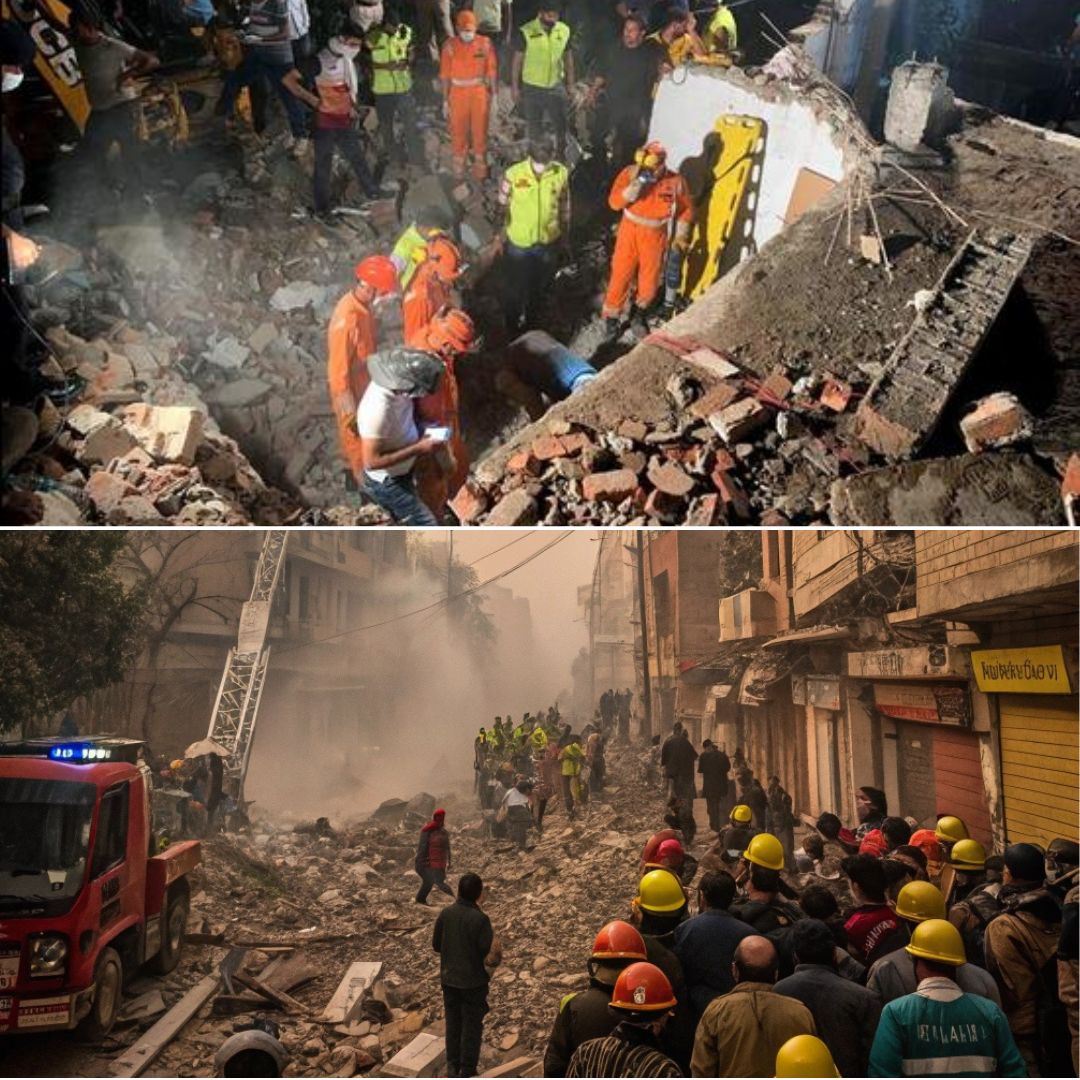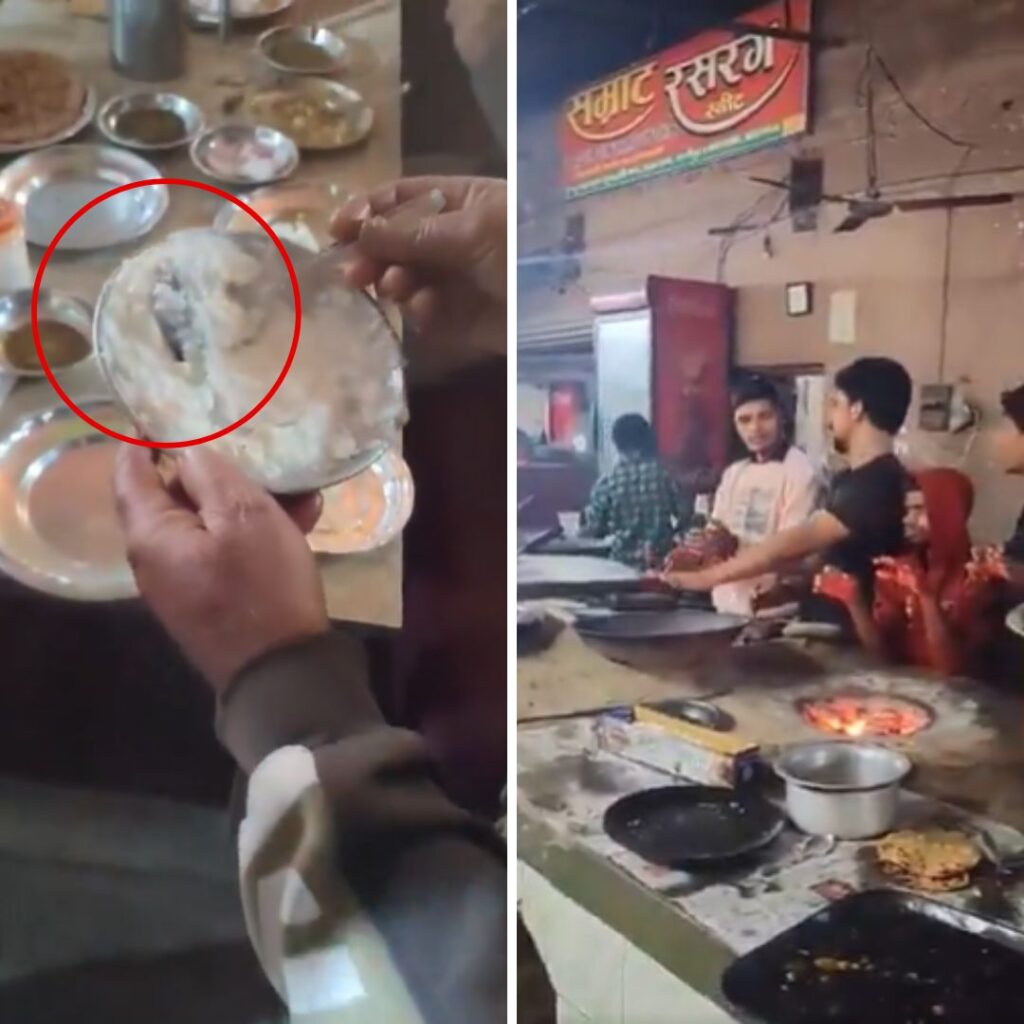At approximately 12:14 pm on Wednesday, a tragic building collapse in Delhi’s Daryaganj area near Sadbhavna Park claimed the lives of three workers identified as Zubair, Gulsagar, and Taufiq.
The incident involved the sudden failure of an old three-storey structure, causing significant distress among residents and passersby. Alongside the fatalities, three other workers were rescued from the debris and rushed to LNJP Hospital for urgent medical attention.
Rescue operations remain ongoing, with four fire tenders and extensive police and civic personnel deployed at the site. Delhi Police have confirmed the identities of the deceased and stated that legal proceedings will commence following a thorough investigation.
Authorities, including the Delhi Disaster Management Authority (DDMA), continue to coordinate efforts aimed at ensuring safety and delivering aid.
Rescue Efforts and Community Response
The collapse, which took place in one of Delhi’s older and densely populated localities, has triggered an intense rescue operation led by the Delhi Fire Services and police forces.
Four fire tenders were promptly dispatched, and personnel worked tirelessly to clear the rubble in search of additional survivors, as local residents voiced urgent concerns about the condition of the remaining structure and the possibility of more people being trapped.
Deputy Commissioner of Police (Central), Nidhin Valsan, acknowledged the gravity of the incident and confirmed the names of those who died on the spot.
The Daryaganj community, many of whom live in similarly aged buildings, expressed profound shock and grief, highlighting a shared fear about the safety of their homes and workplaces.
Officials have assured the public that investigations into the cause of the collapse are underway, with initial reports focusing on the age and poor condition of the building as probable factors.
Background on Structural Vulnerabilities and Urban Challenges
Daryaganj, located in the heart of Delhi, is known for its rich history but also for the ageing nature of its buildings, many of which date back several decades.
This collapse tragically highlights the persistent infrastructural challenges faced by residents, where rapid urban development has often neglected maintenance and safety enforcement. Unregulated modifications, overcrowding, and delayed municipal action have contributed to increased risks of such incidents.
Over recent years, Delhi has witnessed multiple building collapses, each underscoring the urgent need for stringent regulatory oversight, proper urban planning, and proactive rehabilitation of vulnerable structures.
The Daryaganj tragedy serves as a stark reminder of the price paid for delayed action and inadequate urban management.
The Logical Indian’s Perspective
This devastating event calls for urgent collective reflection and action to safeguard the dignity and lives of citizens who call these ageing neighbourhoods home. It reminds us that beyond the immediate tragedy, there is a pressing moral duty to address systemic neglect through compassionate governance, community engagement, and sustained dialogue. Building safer cities requires not only adherence to regulations but also fostering empathy and accountability among residents, authorities, and policymakers alike.
As a society committed to peace, coexistence, and positive social transformation, we must channel grief into constructive change. What steps can we take collectively to ensure safer urban shelters and holistic support for communities vulnerable to such calamities? We invite you to share your thoughts and experiences to inspire hopeful, actionable solutions for all.











